How BA is using design to understand the customer of the future
British Airways creative director Richard Stevens says that the airline is ‘changing its mindset to understand the changing needs of the customer of the next five-15 years’.
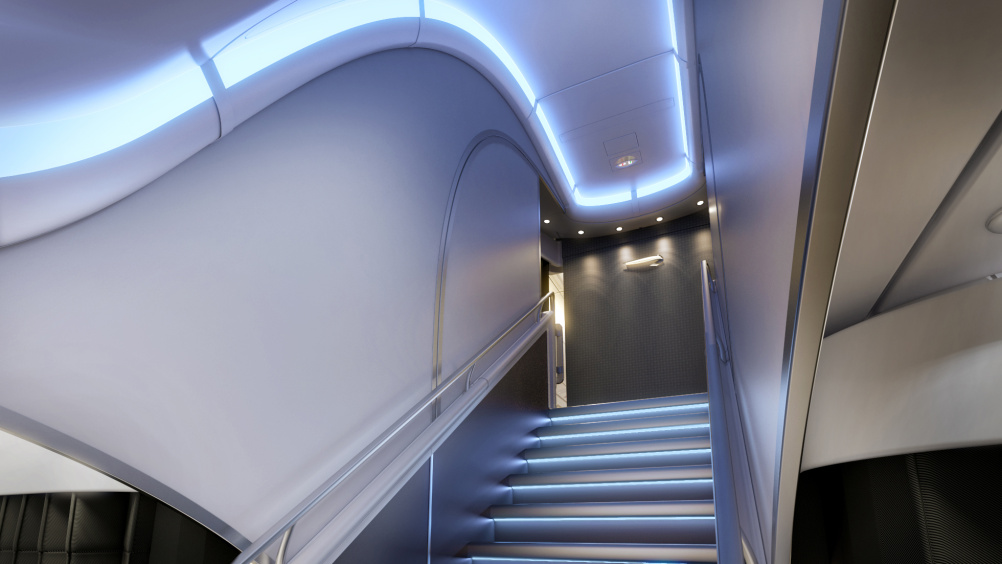
Airlines, he says ‘are typically bad at that’, traditionally designing in a reactive way to new aircraft, or terminals. Instead we should ‘expect continuous innovation,’ he says.
Stevens has a background in automotive design, working for Ingeni, Ford’s concept design centre, as principal design manager, before a stint as design director at Fitch – a position he left to set up transport and product design consultancy Forpeople. He joined British Airways as creative director in May 2013.
His immediate department is a small team of four and has a design management function; ‘We’re looking at creative direction and thinking about the consumer experience, products and service – everything that touches the customer.’
Design projects need to be coordinated strategically to make the best use of resources. ‘We’re looking at on the ground, in the air and in between. Departments are not set up to do that, it’s not part of their remit,’ he says.
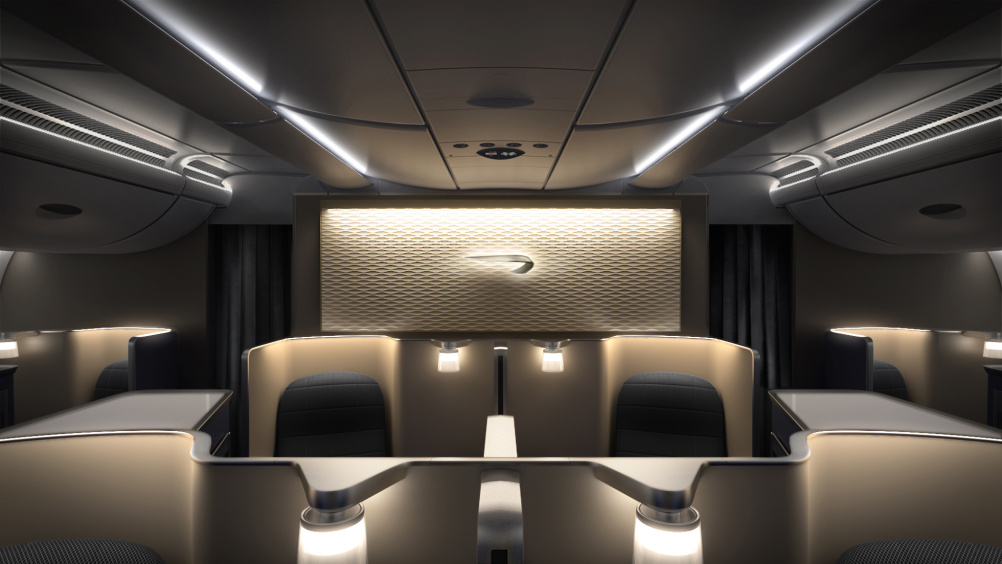
This means that Stevens is working with ‘hundreds’ of people across different departments, in-house and consultancy side.
‘We manage consultancies and people required for specialist work,’ says Stevens ‘and while we don’t really create design in-house, there might be a bit of a change happening. There’s so much inherent knowledge about the customer and about operational knowledge here, we’d be crazy not to use that.’
British Airways works with rostered and retained agencies in many areas, not just design, and Stevens says that the process of finding people is continuous. ‘There are so many small breakout agencies – it takes time and effort to find those people.’
Now, with Stevens’ creative direction, BA’s strategy is to cater to the needs of the customer of the future, someone ‘wanting more control and more spontaneous choice.’
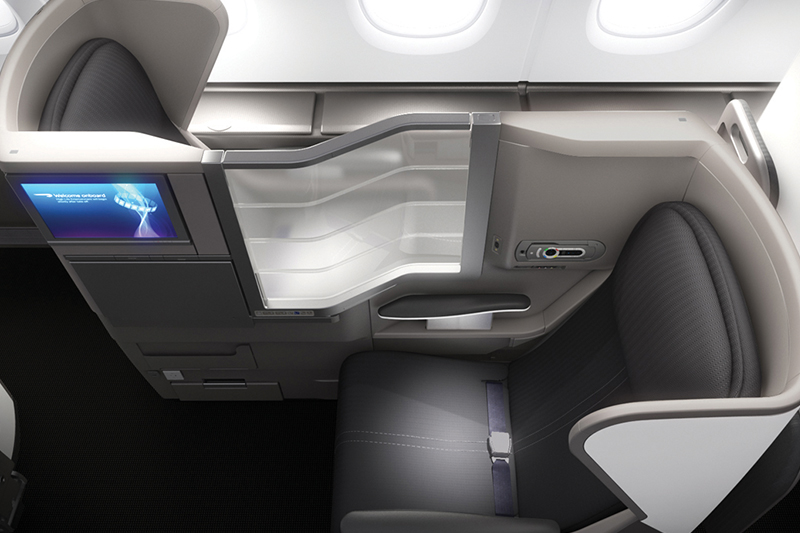
Stevens says he believes there is scope to design with ‘serendipity’ in mind – ‘different opportunities that might come about when you’re travelling.’
This would of course be a complete departure from the formulaic and predictable routine of air travel.
To get a handle on its new way of thinking and to ensure everyone is pulling the same way Stevens says the airline developed ‘our star design tool’, a set of guidelines known as Blueprint.
In addition it acts as an interactive archive for IP and R&D. ‘BA people can access it and it helps them understand and define what it means to be BA,’ says Stevens.
‘Blueprint also helps us communicate what makes us unique to people working for us outside of Britain.’
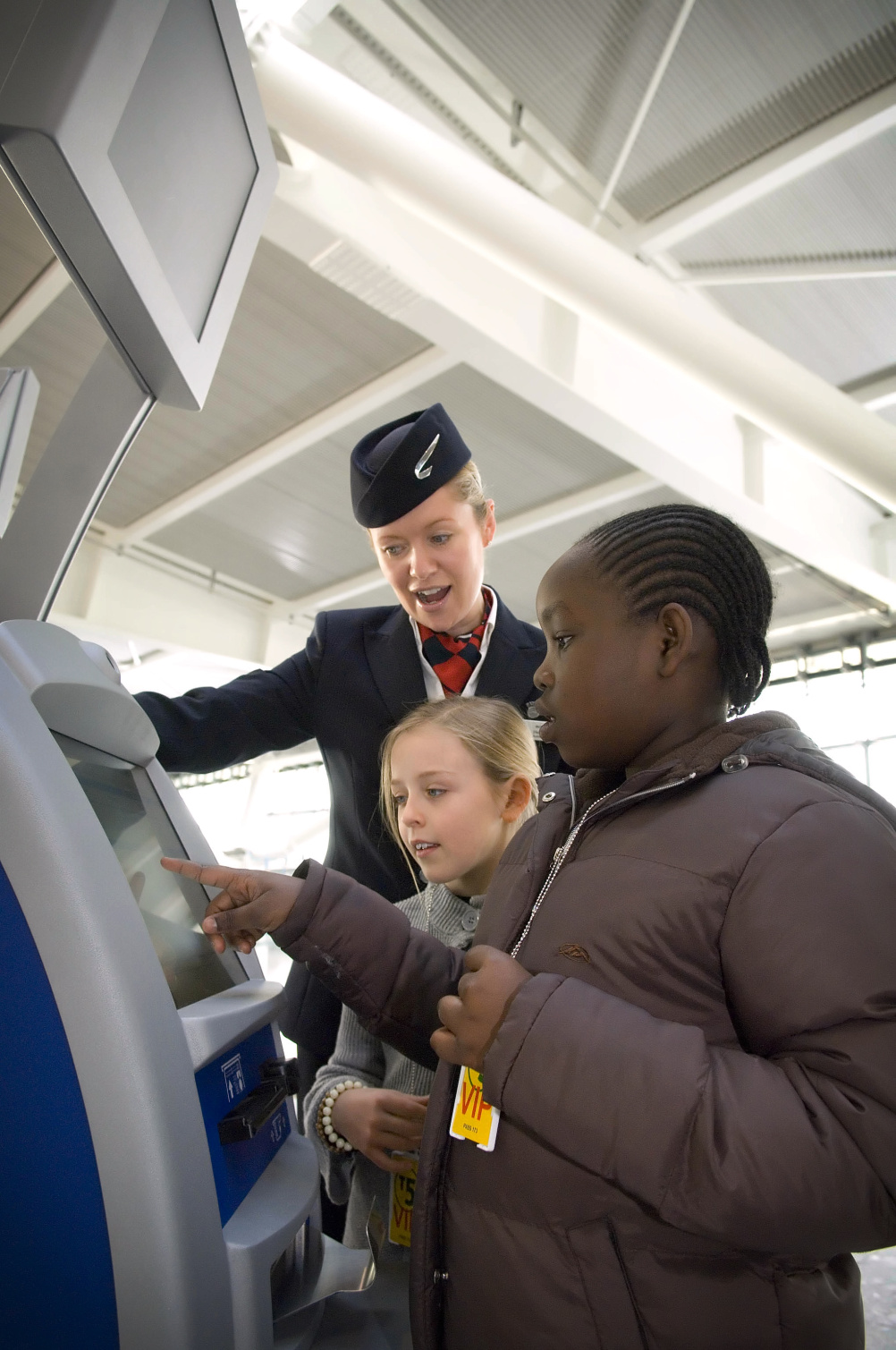
Stevens is also excited by the potential for bringing ‘digital integration into the physical experience’. While other industries are beginning to do this successfully ‘so little is being done in the airline world.’
‘Although this is only exciting if tech allows British Airways’ people to connect better with our consumers, but it could change the whole way we look at things,’ he adds.
Crucial to Stevens’ way of thinking is looking at the whole customer journey, and their experience at every touchpoint – but not any old customer, and especially not competitors’ customers.
It’s a perspective advocated by Frank van der Post, managing director of brands and customer experience at British Airways, who joined the company in 2011. ‘He’s changed the thinking and mindset within the business so we’re focusing on our customer, across everything,’ says Stevens.
During Van der Post’s tenure the To Fly To Serve ad campaign by BBH rolled out as the airline announced a five-year £5bn customer experience investment programme.
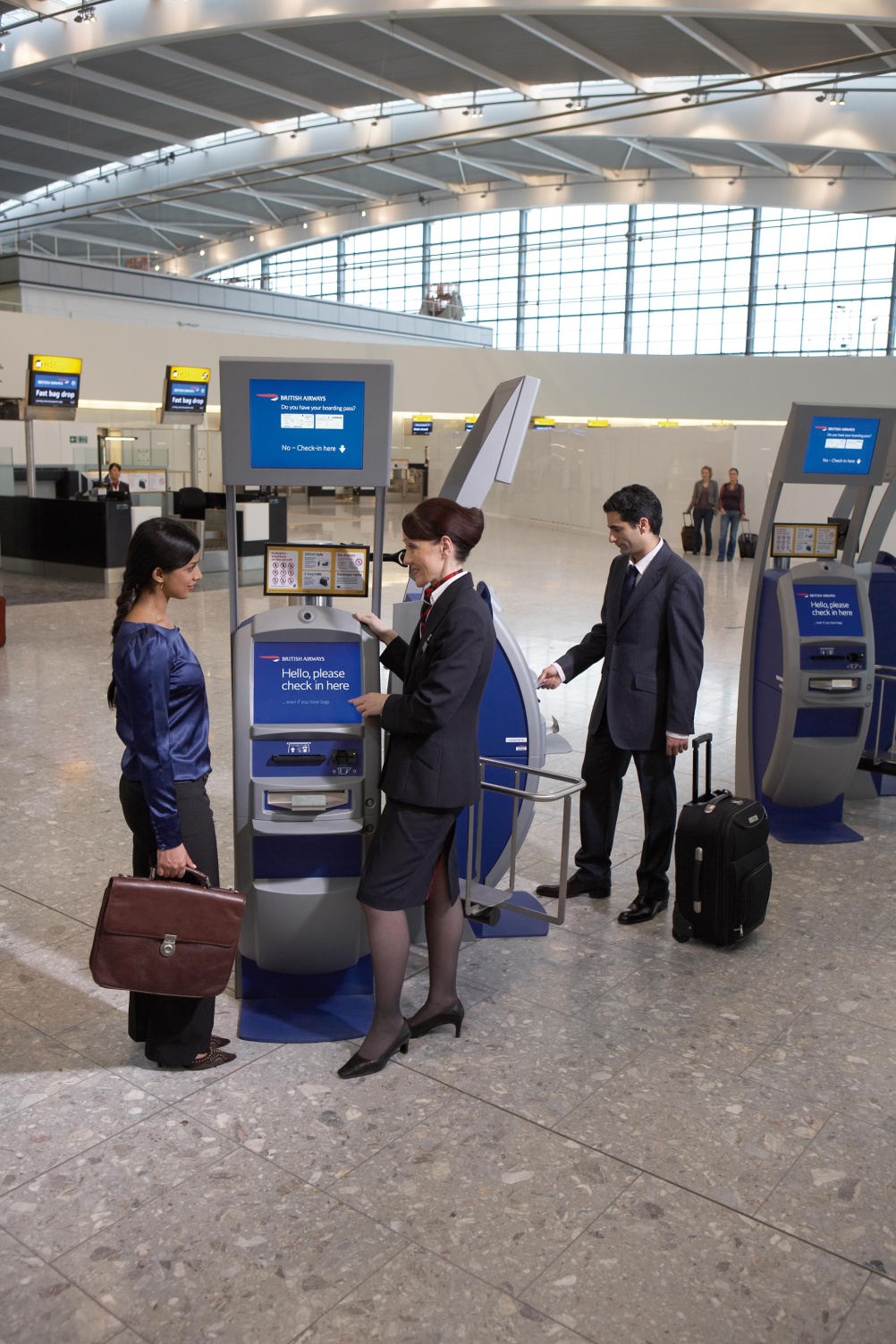
It’s been partly credited with a resurgence in fortunes and particularly brand value, (BA shot up YouGov Brand Index table for brand buzz during this time). Prior to this in 2010, British Airways was on the ropes, having filed its biggest-ever annual losses of £500m.
With an investment programme already underway British Airways is now an airline in transition.
New aircraft including the Airbus A380 and 787 Dreamliner have already begun to show the mark of the airline’s new approach to service and customer experience design.
‘Those aircraft have wiped the slate clean with huge changes and advancements that we can take forward into major programmes.’
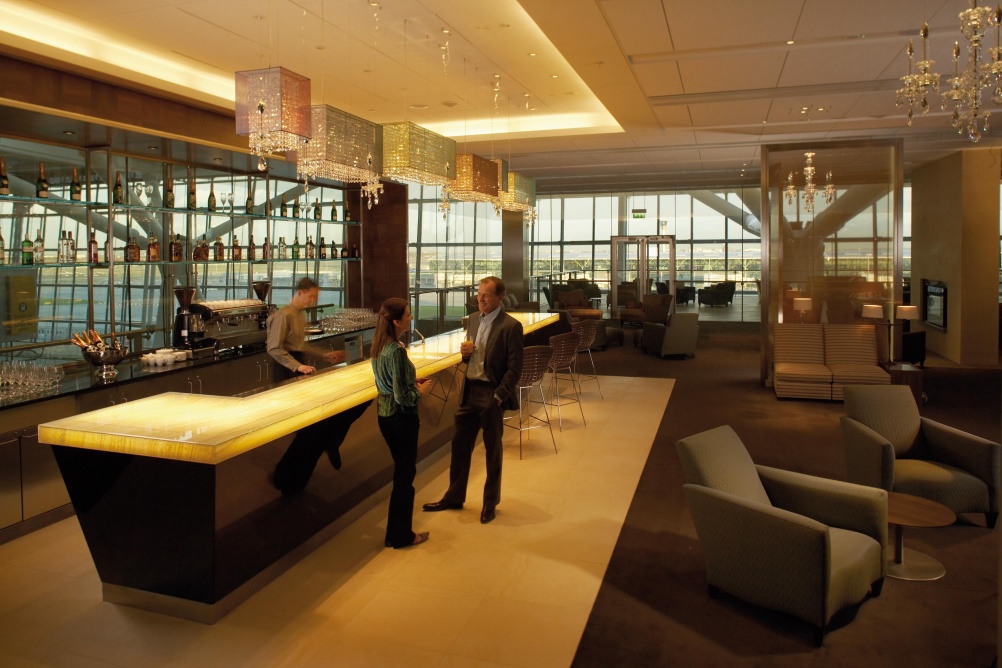
Stevens singles out the A380 for breaking down the cabin into ‘intimate spaces’ and ‘raising the quality of the proposition iteratively throughout rather then first class.’
‘This is the start of a long journey, we’ve never tackled what we’re tackling now,’ he adds.





Redesigning the first class and club world areas is all very well but most passengers travel by economy class and this is the area that should be redeveloped to provide more space and comfort as that is the largest market and where BA can make the most impact and really improve the quality of air travel.
Having recently flown with BA I can say that their service is excellent but the space on their planes is not the best and their planes are a bit on the old side.